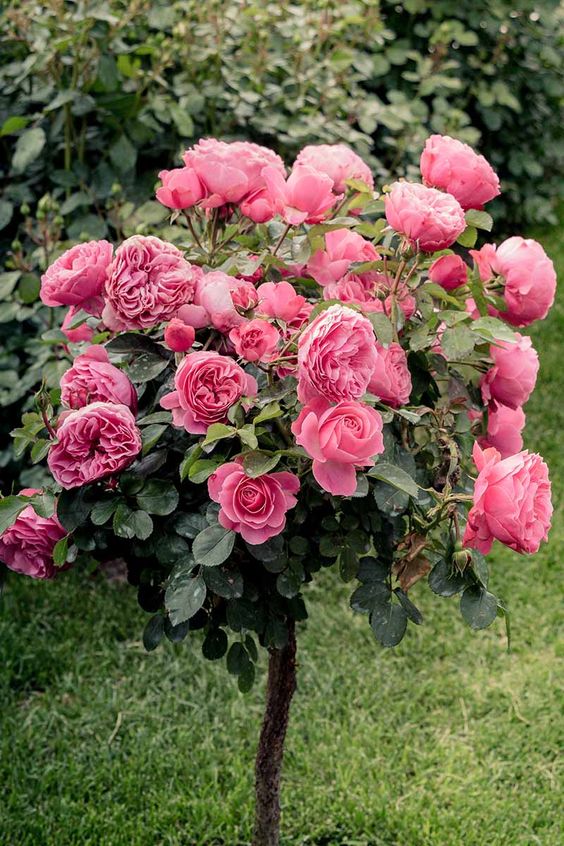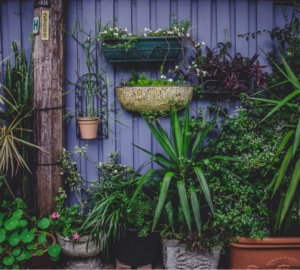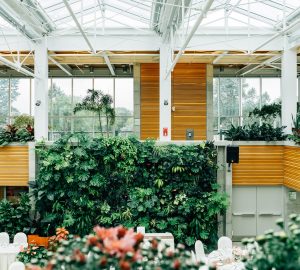In fine weather, the rose bush is covered with elegant and fragrant flowers. If roses make very beautiful bouquets (but not for Valentine’s Day, as it is much too early for roses), they create a perfectly romantic atmosphere in the garden. However, for their flowering to be abundant, rose bushes require a little maintenance. Where and how to plant the rose bush? How to maintain it? Let’s do a check-in.
Type: flowering shrub
Height: between 20 cm and more than 10 m
Color of flowers: pink, red, white, yellow, orange
Desired exposure: sun or partial shade
Desired soil type: rich, draining soil
Planting period: in autumn or spring
Flowering period: from June to autumn
HOW TO CHOOSE YOUR ROSE BUSH?

Around 150 species of rose bushes are found in the wild in the world, including just under 20 species in France (including Rosa canina, its nickname). But, widely hybridized over the centuries, rose bushes now have a few thousand varieties… We can therefore distinguish:
- Shrub roses: with their bushy and not-too-tall habit, they are perfect in flower beds or flower borders. Their flowering is abundant, with large flowers or small flowers grouped depending on the variety.
- Shrub roses: these roses are shrubs that can grow quite tall (up to 2 m). They settle in isolation, at the bottom of the massif or in beautiful flowering hedges.
- Climbing roses: also called branching roses, they must be trained on support. Climbing roses beautifully adorn a wall, a pergola, or an arbor. They can reach several meters in height.
- Liana roses: a subgroup of climbing roses, liana roses are particularly vigorous. Their growth is rapid and their flowering abundant. Note that most liana roses are not everbearing.
- Ground cover roses: these are fairly low-growing roses that tend to spread out. Interesting for the edges of paths or on an embankment. Ground cover roses are everbearing.
HOW TO MAINTAIN THE ROSE BUSH?
Rose bushes require a little maintenance:
- Watering rose bushes: water your rose bushes regularly the first year after planting. Well-established rose bushes only require watering in the event of prolonged drought. Potted roses will need to be watered more frequently, as soon as the first centimeters of the substrate are dry. Never leave stagnant water in the cup! To reduce watering, provide a layer of mulch. To do this, avoid pine bark, which rose bushes do not like.
- Wilted flowers: remember to remove faded flowers regularly so as not to unnecessarily exhaust your rose bush and encourage the appearance of new flowers.
- Fertilizing rose bushes: rose bushes like rich soils. Give your plants special rose fertilizer in early spring (before flowering) and then in June-July.
- Pruning rose bushes: essential so that your plant maintains a harmonious shape and offers you larger and more numerous flowers. You can prune after flowering for non-everbearing rose bushes or at the end of winter for everbearing rose bushes. You can also carry out an autumn pruning or a Christmas pruning. Be careful not to cut too short or too long and to proceed in a clean, straight, beveled manner (inclined at 45° away from the eye), 5 mm from a bud, and using pruning shears with a disinfected and sharp blade.
- Diseases of rose bushes: Rose bushes are susceptible to various diseases (powdery mildew, rust, black spots, etc.) For prevention, avoid wetting the foliage of rose bushes when you water them. Rose bushes can also face attacks from aphids. Spray black soap and release the ladybugs! Nasturtiums will also distract the attention of aphids.



